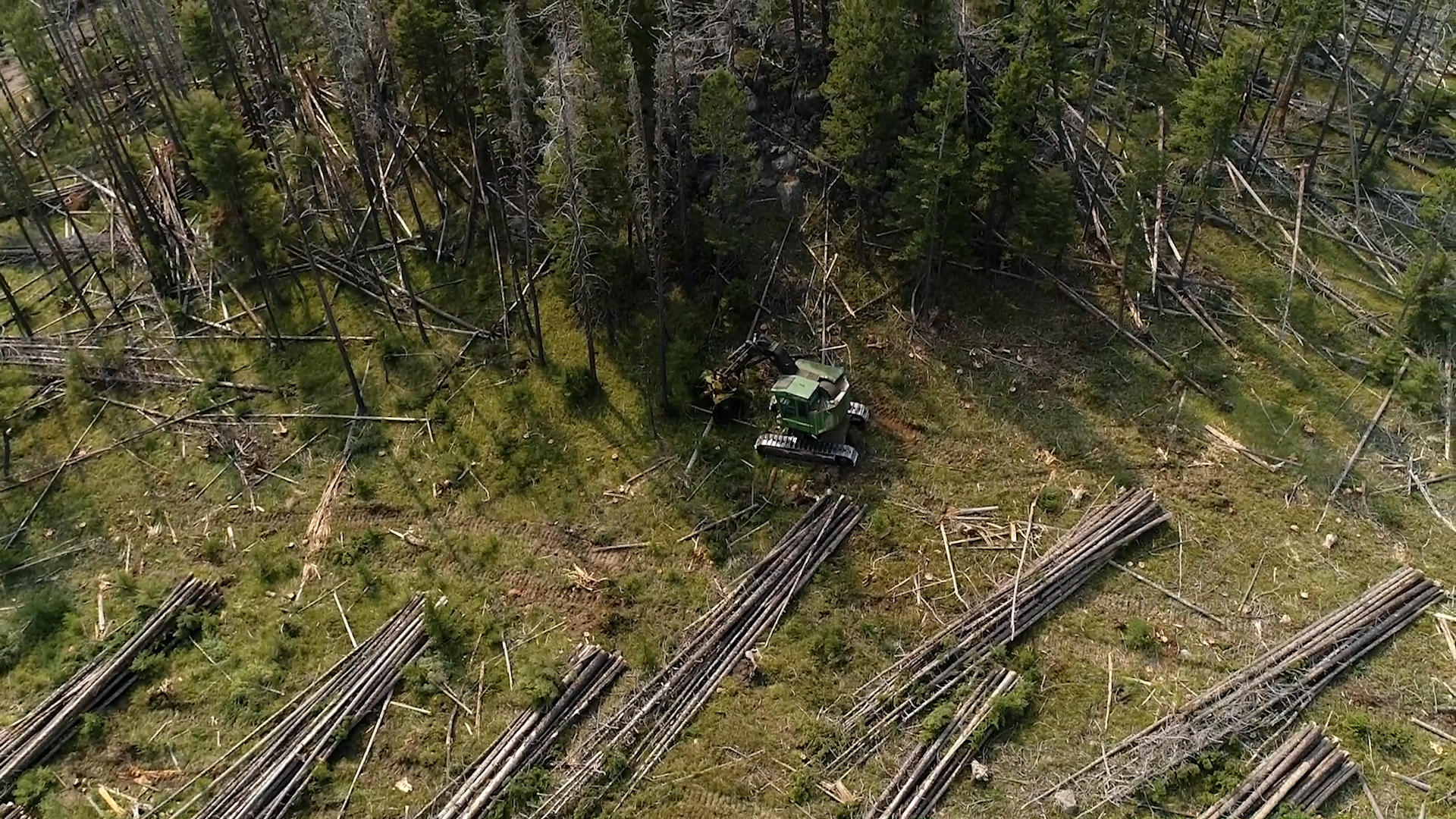
How Forest Managers Actively Help Minimize Impact on the Forest Floor
Jun 22, 2022
There tends to be a general misconception about what really goes on on the forest floor during logging activities. So much of the propagated narrative pushes the idea that all management is bad either because it is not done for the right reason or with the right kind of planning.
However, nowadays, most forest management activities require extensive planning, continuous assessments, and careful evaluations. It is a meticulous and time-consuming process that is necessary to maintain the health and viability of forests. Forest managers are extremely methodical in their approach, working hard to find the best treatment and techniques that will benefit the forest ecosystem, air quality, water quality, and wildlife habitat.
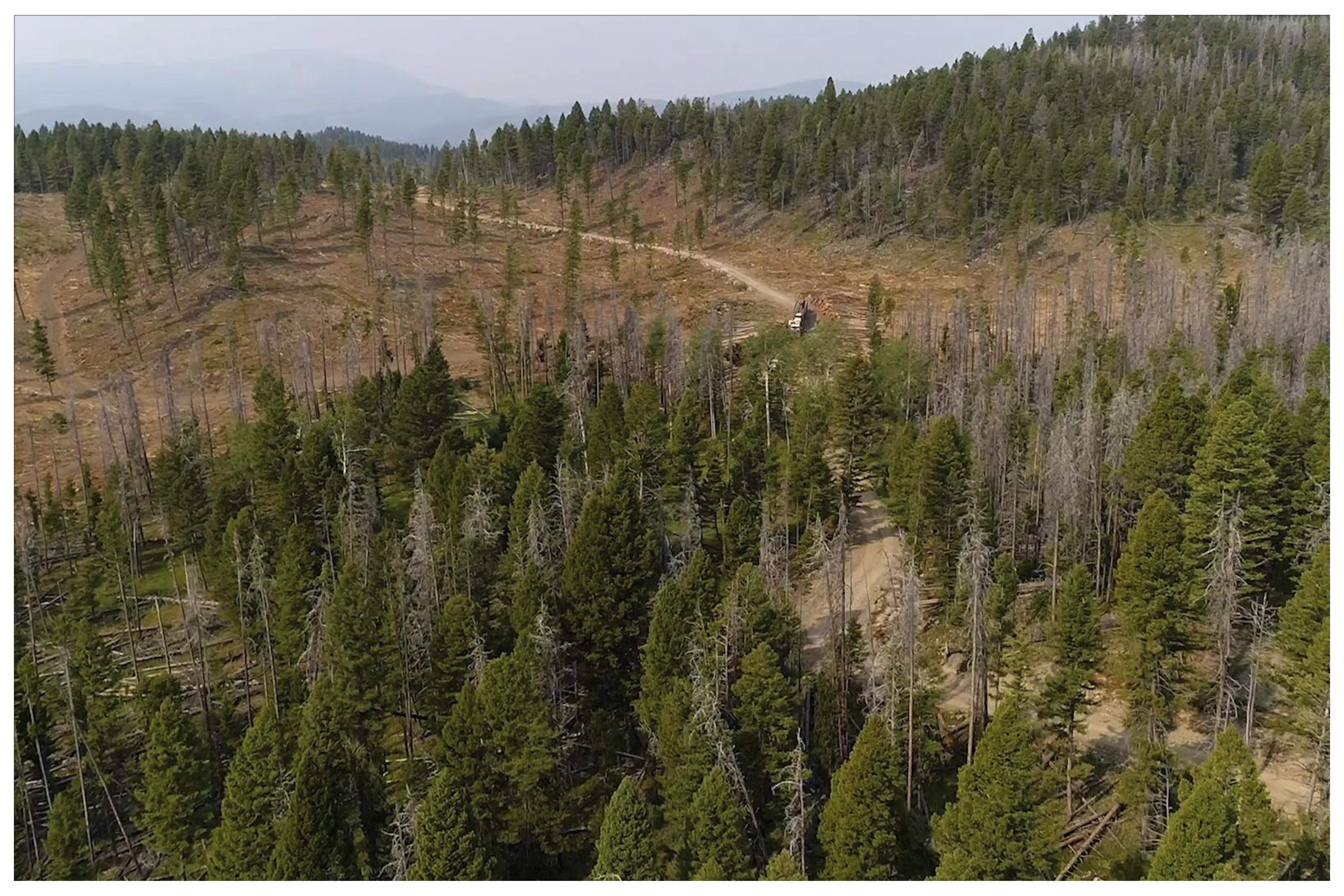
Step 1: Planning and Pre-Assessment
Despite the common misconception surrounding the details and logistics of forest management, extensive planning is required before trees are harvested. This intricate planning is a part of a system known as silviculture.
“Silviculture is the art and science of controlling the establishment, growth, composition, health, and quality of forests and woodlands to meet the diverse needs and values of landowners and society such as wildlife habitat, timber, water resources, restoration, and recreation on a sustainable basis,” explains the U.S. Forest Service.
Silviculture prescriptions help ensure forest managers have a plan before a single tree is even harvested. This is crucial to minimizing impact and ensuring management goals properly align with the requirements of each individual stand.
The Basic Silviculture Prescriptions
There are five basic silviculture prescriptions, according to the U.S. Forest Service:
Clearcut: The clearcut prescription is a treatment where all trees are removed in one operation. This prescription is used to produce even-aged stands. However, clearcuts can also leave "reserve" trees to achieve other management objectives, which results in a two-aged stand. Clearcutting is often used on Lodgepole pine stands as they are homogeneous in nature and are highly susceptible to insect infestations and disease.
Seed Tree: Seed tree prescriptions focus on removing the majority of a mature stand, leaving a small number of trees that will be used for regeneration. The seed tree method is a two-step operation where the first cut is used "to establish a new age class," and the second cut removes the seed trees or the original trees that were left for regeneration.
Salvage Cutting: The salvage method focuses on removing dead or lame trees before they decompose and are no longer a commercially viable resource.
Sanitation Cutting: Sanitation cutting removes trees with a focus on stopping the spread of insects or diseases.
Shelterwood: The shelterwood prescription is a method used to produce an uneven-aged stand, where space is created for a new age class to generate beneath the cover of the remaining trees. This prescription is a three-staged cutting, where the first cut removes the sick and lame trees, the second identifies the dominant trees and establishes the microenvironment, and the third eliminates trees in each age class and prevents overgrowth.
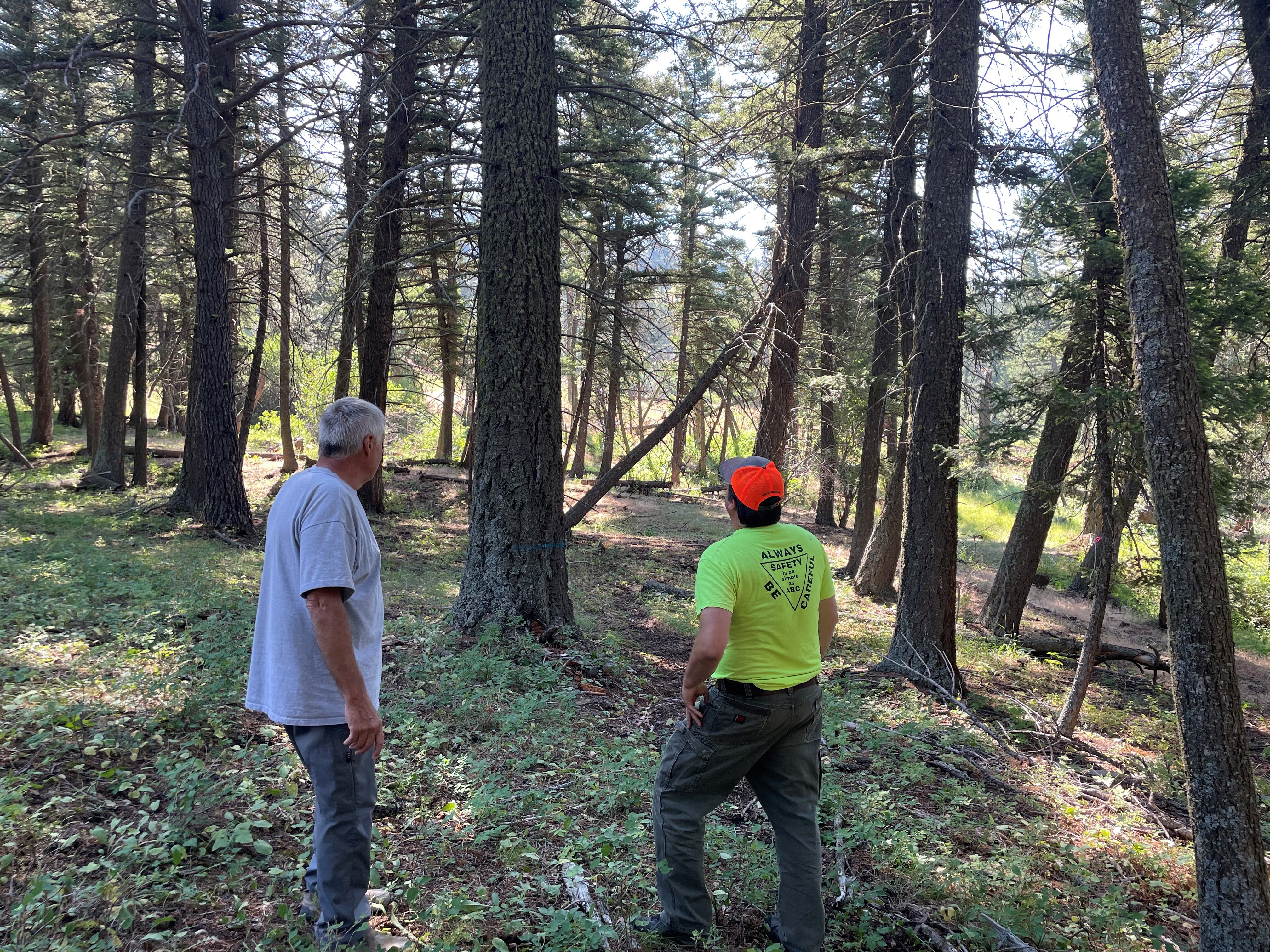
Step 2: Marking for Success
Once the proper prescription has been determined, tree marking begins. Forest managers must walk each section of land and designate which trees stay and which trees will be harvested. There are many things forest managers must consider when tree marking. Crown spacing, profile, species, environmental obstacles, and wildlife habitat are all factors that foresters must assess when cutting and marking to create healthy, diverse forests.
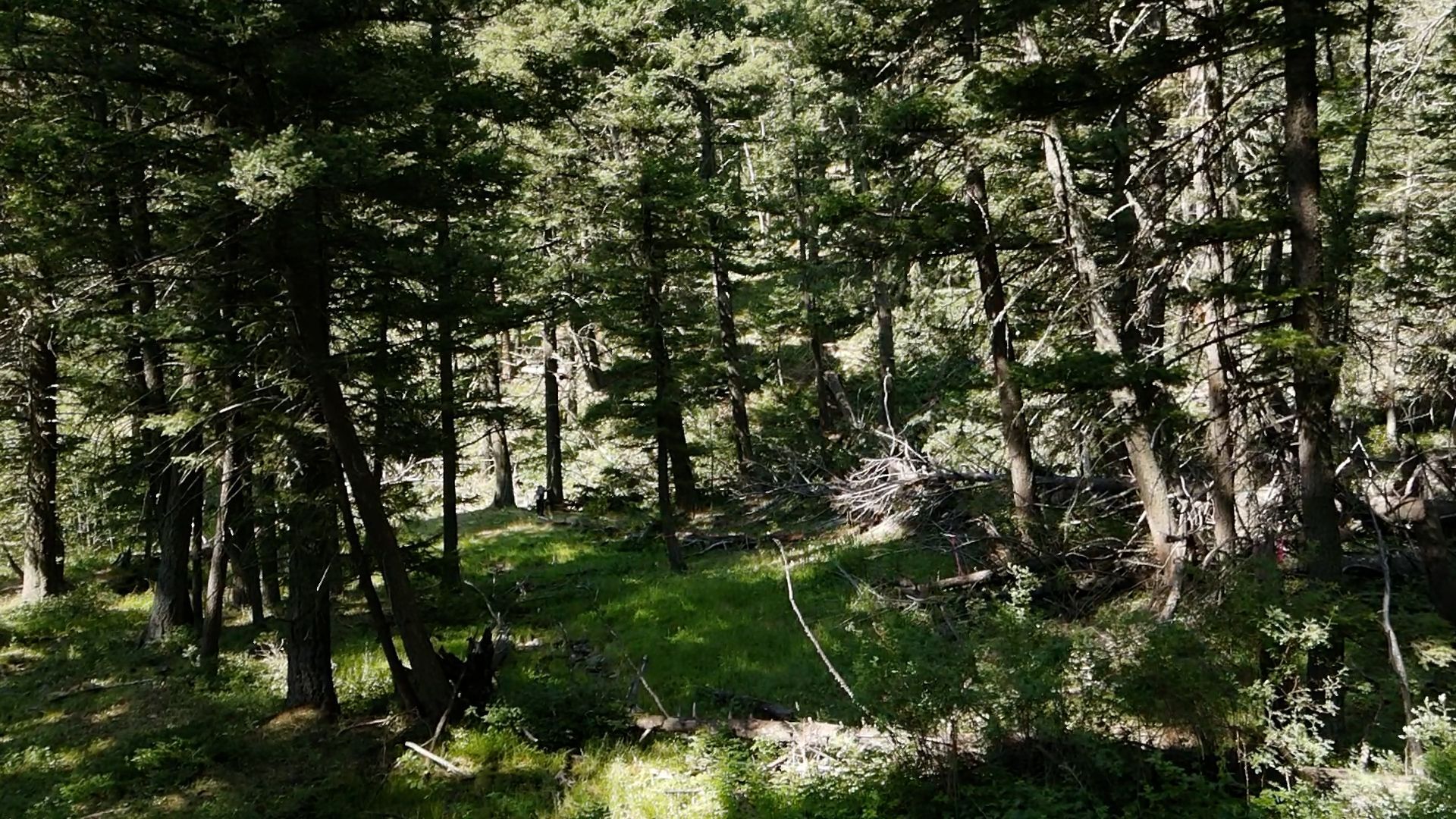
Step 3: Light-on-the-Land Harvesting
When it comes time to harvest, light-on-the-land (LOL) is always the goal. According to the U.S. Forest Service, “Light-on-the-land is an approach to timber harvesting that uses techniques and equipment designed to minimize site and stand impacts [...] Operators who have and apply a light-on-the-land ethic are critical. As all sites and conditions do not require the same treatment, and there may be many ways to accomplish a silvicultural objective through logging, it is important to recognize where LOL approaches are needed.”
Light-on-the-land harvesting techniques include, but are not limited to:
- Operate on snow or when soils are frozen or dry.
- Revegetate exposed areas.
- Locate skid trails to accommodate future, as well as current harvests. Use designated skid trails to reduce trail density and to control the path of skidders and forwarders.
- Retain or redistribute slash on nutrient-sensitive sites.
- Operate machinery along the contours, rather than up and down slopes.
While many states' Best Management Practices include light-on-the-land techniques, some techniques are not outlined in the guidebooks. Additionally, logging equipment can be optimized to help minimize the impact or to address environmental concerns.

Step 4: Post-Harvesting Treatment
Forest management doesn’t stop after a stand has been thinned. There is always more work to be done to maintain biodiversity, minimize the risk of erosion, and ensure proper regeneration.
“I always have guys asking when they’ll be on the next job and the next job, always looking forward to where they’re going next,” explains John Ottman of Ottman Forestry Consultants. “And I always have to remind them that I’m going to be on this job for a long time after everyone else has left; cleaning up, reseeding, removing all the lame trees so that it will look nice and regenerate.”
Reseeding of skid trails, road maintenance or obliteration, slash treatment, and continuous treatments are all things that need to be considered after a timber harvest. By continuing to treat our forests with these post-harvesting methods, we can help maintain a balanced ecosystem, promote regeneration, and minimize our overall footprint.

Step 5: Evaluation
When all is said and done, performing post-harvest evaluation is essential to our continued understanding of how management objectives affect forest systems. By adapting our treatment methods to best fit each given stand, we can become smarter about our management techniques and help ensure better management for the future.
Other Posts
Jan
2023
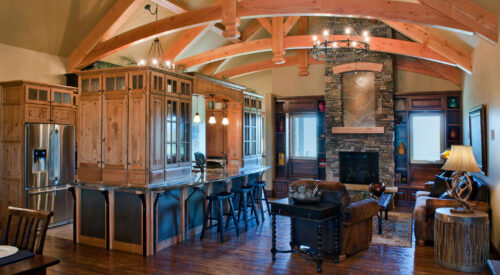
Five Timeless Interior Design Trends
When it comes to interior design, it may feel daunting to keep up with the ever-evolving trends that come with each passing season. Well, we're here t...
Jan
2023
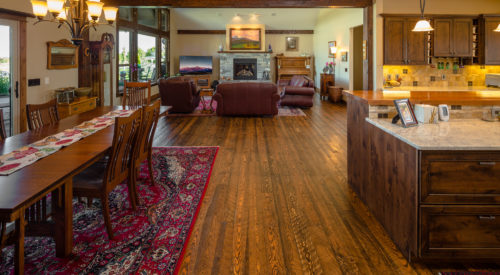
Lumber Textures Defined
Lumber comes with the benefit of versatility. One of the simplest ways to create intrigue with lumber products is by using different textures. Circle ...
Dec
2022
Tips for Using Radiant Heating with Wood Floors
One of the best parts of living in Montana is experiencing all the seasons – and yes, we include wintertime. However, as much as we may love the...